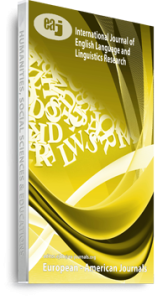The current study aims at uncovering the functions of lexical cohesion and gaining insights into how such a cohesive mechanism characterizes articles written on women by native and non-native speakers of English. To guide the research, two hypotheses were set up. First, women’s articles written by native speakers of English involve more manifestations of lexical cohesion than those written by non-native ones. Second, the two groups of writers tend to utilize the same kinds of lexical markers in their articles. To verify the hypotheses, four articles were purposefully selected from The Guardian and The Independent websites as data for analysis. Likewise, an eclectic model for analysis was designed by the two researchers where the results of analysis have demonstrated that there are remarkable differences in the frequencies of lexical cohesion patterns employed by native and non-native speakers of English. Similarly, the seven lexical cohesive types have appeared in the writings of the two groups. Finally, lexical cohesion has turned to be a characteristic feature of women’s articles whether written by natives or non-natives.
Keywords: Lexical Cohesion, Native Speakers of English, Non-Native Speakers of English, Women’s Articles, cohesion

